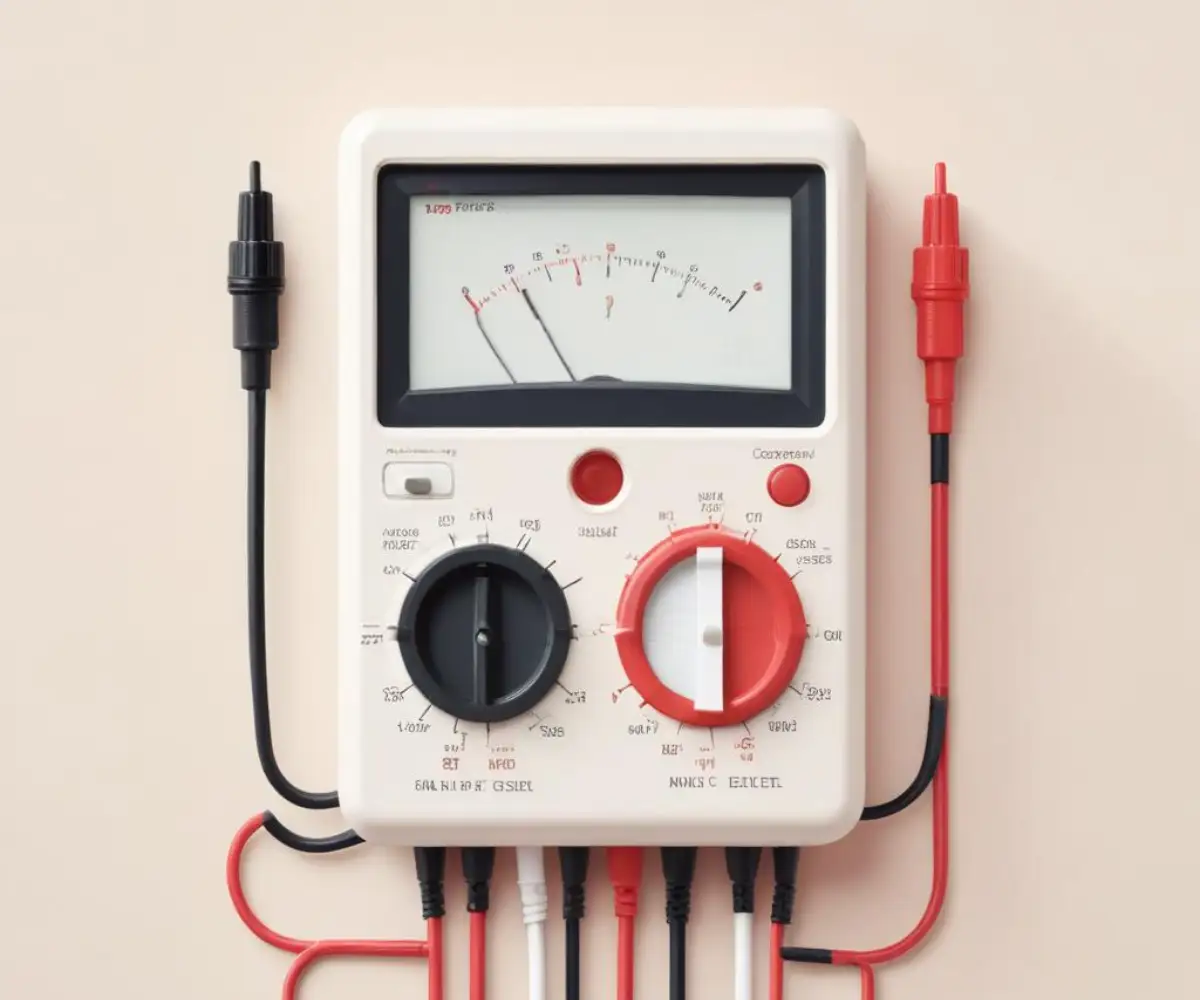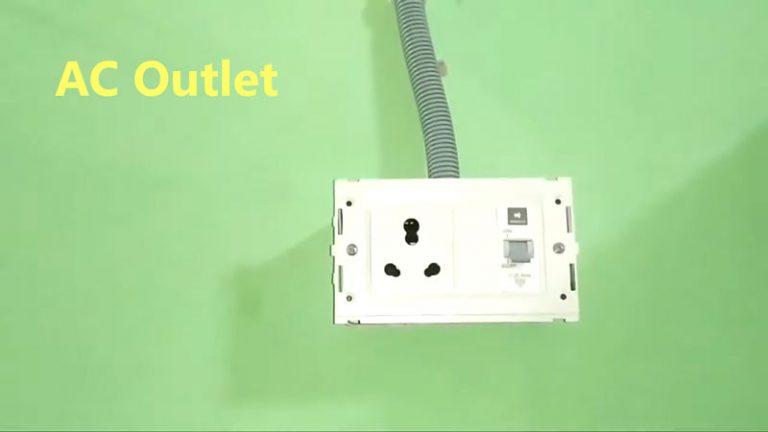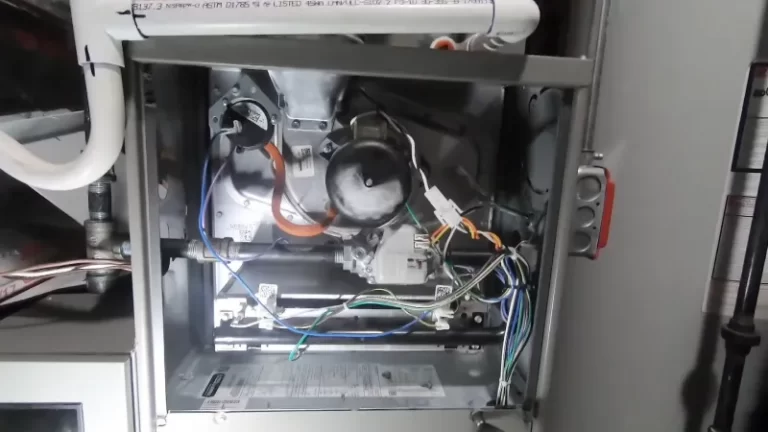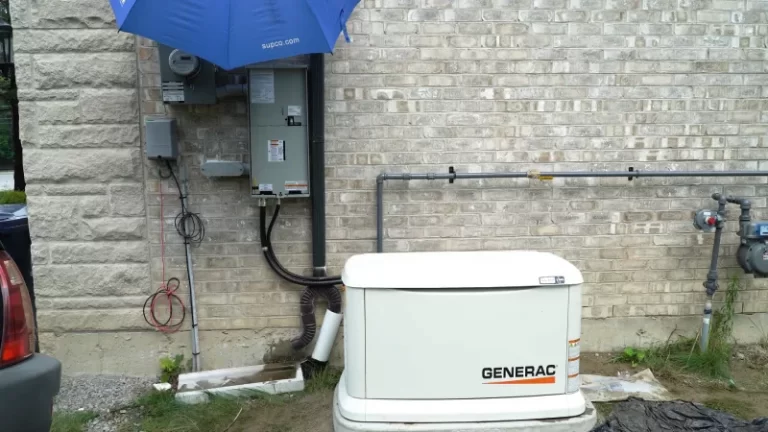Continuity Between Hot and Neutral? The Shocking Truth & Fix
You’re working on an electrical circuit, you’ve turned the power off, and you decide to do a quick safety check with your multimeter. You touch one probe to the hot wire and the other to the neutral, and suddenly—BEEP. Your multimeter is showing continuity. A wave of confusion, and perhaps a little alarm, sets in. Shouldn’t these two wires be completely separate? Does this mean you have a dangerous short circuit hiding in your walls?
This is a common scenario that puzzles many DIY enthusiasts and even new electricians. While that beep can certainly indicate a serious problem, it often has a simple and perfectly safe explanation. Understanding the difference is crucial for your safety and the integrity of your home’s electrical system.
This guide will demystify the concept of hot-to-neutral continuity. We’ll explore why your multimeter might be beeping, how to distinguish between a normal reading and a genuine hazard, and provide a step-by-step process to safely diagnose and resolve the issue.
You'll Learn About
Understanding Electrical Continuity: The Basics
Before diving into troubleshooting, it’s essential to grasp what “continuity” really means in an electrical context. Your home’s wiring consists of three primary conductors: the hot wire (usually black or red), the neutral wire (usually white), and the ground wire (usually bare copper or green).
A continuity test simply checks if there is a complete, unbroken path for electricity to flow between two points. When you set your multimeter to the continuity setting (often marked with a sound wave or diode symbol), it sends a tiny electrical current through one probe. If that current reaches the other probe, completing the circuit, the multimeter beeps. It’s telling you, “Yes, there is a connection here.”
When Is Continuity Normal (and When Is It Not)?
In a standard, unpowered circuit with nothing connected, there should be no continuity between the hot and neutral wires. They are meant to be separate pathways. The hot wire brings the power in, and the neutral wire takes it back out, but only after it has passed through a device (a “load”) that uses the power, like a light bulb or a television.
When a device is plugged in and turned on, it completes the circuit. The electricity flows from the hot wire, through the device’s internal components (like a light bulb’s filament or a TV’s power supply), and back out through the neutral wire. In this case, if you were to test for continuity (with the power off), your meter would beep because it’s reading the complete path *through* the device. This is perfectly normal.
Why Is There Continuity Between Hot and Neutral? (The Causes)
If your multimeter is beeping, it’s detecting a connection. The critical task is to determine if that connection is a harmless appliance or a hazardous fault in the wiring. There are generally two primary reasons for this reading.
Cause 1: A Plugged-In Appliance or Active Load (The Common Case)
The most frequent and least alarming reason for continuity between hot and neutral is that something on the circuit is still plugged in or switched on. Many modern electronics, phone chargers, and appliances contain transformers or power supplies that will show continuity even when they appear “off.”
Think of it this way: the multimeter is simply seeing the path through the internal wiring of that device. This is the first thing you should always check. Before you assume the worst, you must isolate the circuit wiring itself from all the devices connected to it.
Cause 2: A Direct Short Circuit (The Dangerous Case)
The second, more dangerous cause is a short circuit. This occurs when the hot and neutral wires make direct contact somewhere within your walls, outlets, or junction boxes, bypassing the intended load. This creates a path of extremely low resistance, allowing a massive and uncontrolled amount of current to flow.
A short circuit can be caused by several factors:
- Damaged Wire Insulation: A nail or screw piercing a cable inside a wall.
- Loose Connections: A wire coming loose inside an outlet box and touching another terminal.
- Faulty Devices: A poorly made or damaged receptacle, switch, or light fixture.
- Incorrect Wiring: Mistakes made during installation can lead to wires touching that shouldn’t. Symptoms of bad wiring can sometimes be subtle, such as an always on light switch, which could point to deeper issues.
This situation is a significant fire hazard. The immense current generates intense heat, which can easily melt wire insulation and ignite surrounding wood, drywall, and insulation. This is precisely what a circuit breaker is designed to prevent by tripping and cutting off the power.
Step-by-Step Guide: How to Safely Test and Diagnose
To figure out whether you have a normal reading or a dangerous short, you must follow a systematic and safe diagnostic process. Safety is paramount. Never work on live electrical circuits.
Step 1: Ensure the Power Is Off
Go to your electrical panel and shut off the circuit breaker that controls the area you are working on. Use a non-contact voltage tester at the outlet or switch to confirm that there is absolutely no power present before you proceed.
Step 2: Unplug and Disconnect EVERYTHING
This is the most critical diagnostic step. Go through the entire circuit and unplug every single appliance, lamp, and power strip. Turn off every light switch connected to that circuit. Your goal is to completely isolate the permanent wiring from any external loads.
Step 3: Perform the Continuity Test Again
With the circuit breaker still off and everything unplugged, return to the outlet or wires you were testing. Set your multimeter to the continuity setting.

Carefully insert one probe into the hot slot (the smaller one) of an outlet and the other probe into the neutral slot (the larger one). You can also perform this test on the bare wires at a switch or fixture box.
Step 4: Interpret the Results
The outcome of this second test will tell you what you need to know:
- NO BEEP (No Continuity): This is the result you want. It means the continuity you detected earlier was from a plugged-in device. Your circuit’s wiring is likely safe and free of shorts.
- BEEP (Continuity Persists): This indicates a problem. If everything is unplugged and you still have continuity, it confirms there is a short circuit somewhere in the permanent wiring of the circuit.
Troubleshooting a Persistent Short Circuit
If you’ve confirmed a short circuit within the wiring, the next step is to locate it. This process can be tedious and is often best left to a qualified electrician. However, understanding the process can be helpful.
An electrician will typically start at one end of the circuit and work their way through it, box by box. They will disconnect sections of the wiring to isolate the fault. For example, they might go to the first outlet in the circuit, disconnect the wires that continue “downstream” to the next outlet, and test again. If the short disappears, the problem is further down the line. If it remains, the problem is between the panel and that outlet.
Common culprits for in-wall shorts are often found in junction boxes, behind outlets, or at light fixtures where wires are connected. Sometimes, complex or older wiring systems, like a vintage NuTone intercom system, can have decaying wiring that causes unexpected shorts if not properly disconnected from modern circuits.
The Hidden Connection: Neutral-to-Ground Continuity
An interesting and often misunderstood aspect of home wiring is the relationship between the neutral and ground wires. In your main electrical panel, the neutral bus bar and the ground bus bar are physically connected (or “bonded”) together. This is a critical safety feature. Because of this bond, you should always have continuity between a neutral wire and a ground wire throughout your home.
However, this can sometimes create confusing readings. A fault between the hot wire and the ground wire can, in some cases, appear as a hot-to-neutral continuity reading due to this bonding at the panel. It’s another reason why a systematic approach to troubleshooting is so important. This interconnectedness is part of a larger electrical system, much like how a modern appliance relies on different signals to operate correctly. For instance, understanding how a washing machine knows when to stop filling involves appreciating how different electrical inputs lead to a specific outcome; a fault in one part of your home’s wiring can have similarly complex effects.
Troubleshooting Summary Table
Use this table as a quick reference for diagnosing your continuity readings. It provides a clear overview of symptoms, potential causes, and the necessary actions to take.
| Symptom (After Turning Breaker Off) | Most Likely Cause | Required Action |
|---|---|---|
| Continuity between hot and neutral. | An appliance is plugged in or a light switch is on. | Unplug all devices and turn off all switches on the circuit, then test again. |
| Continuity between hot and neutral persists after unplugging everything. | A direct short circuit in the wiring. | STOP. Leave the circuit breaker off and call a licensed electrician immediately. |
| No continuity between hot and neutral (after unplugging). | The circuit wiring is functioning correctly (no short). | This is the normal and safe condition. You can proceed with your work. |
| Continuity between neutral and ground. | Normal operation due to the neutral-ground bond in the main panel. | This is expected and indicates a properly grounded system. |
Your Path to a Safe and Reliable Circuit
Hearing your multimeter beep when testing for continuity between hot and neutral can be unsettling, but it’s not always a sign of disaster. By following a logical troubleshooting process, you can quickly determine whether you’re seeing a normal electrical path through a device or a dangerous short circuit hiding in your walls.
The cardinal rule is to isolate the circuit by unplugging everything before making a final judgment. If the continuity disappears, you can breathe a sigh of relief. If it remains, the danger is real, and it’s time to stop work and call in a professional. When it comes to the safety of your home and family, never take chances with a potential short circuit.




